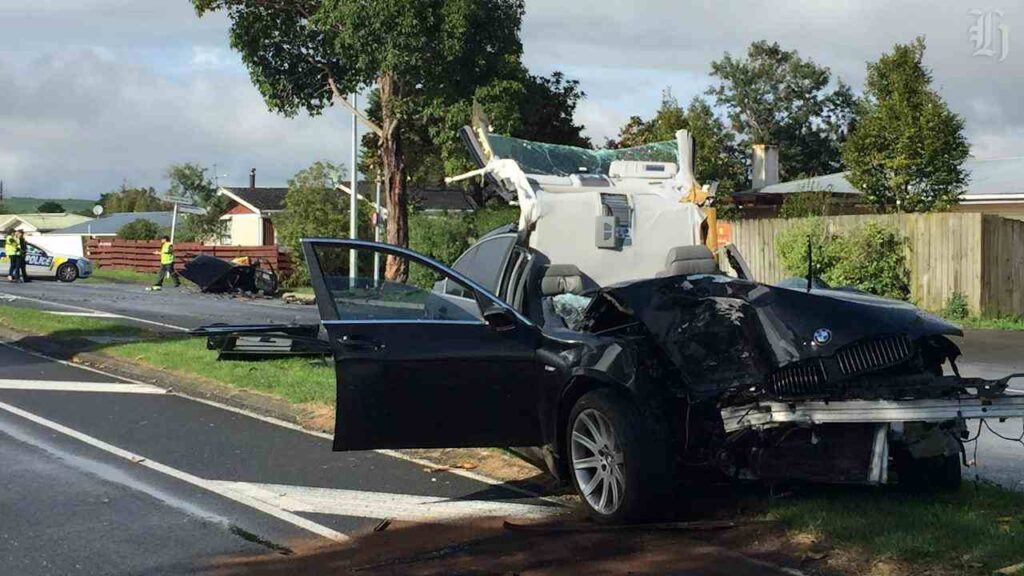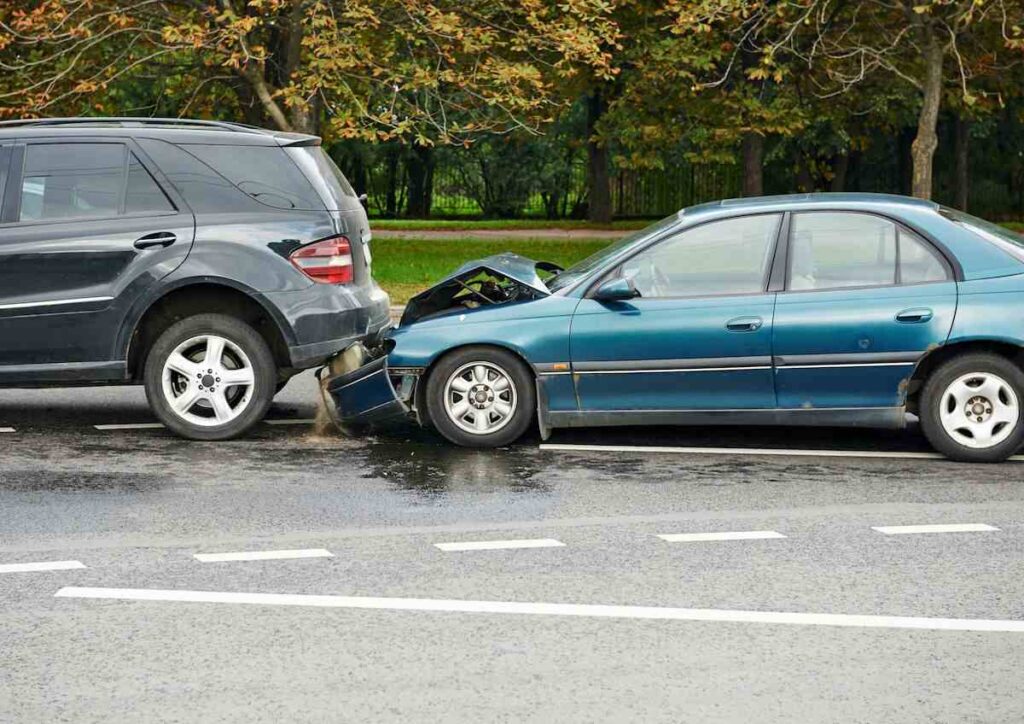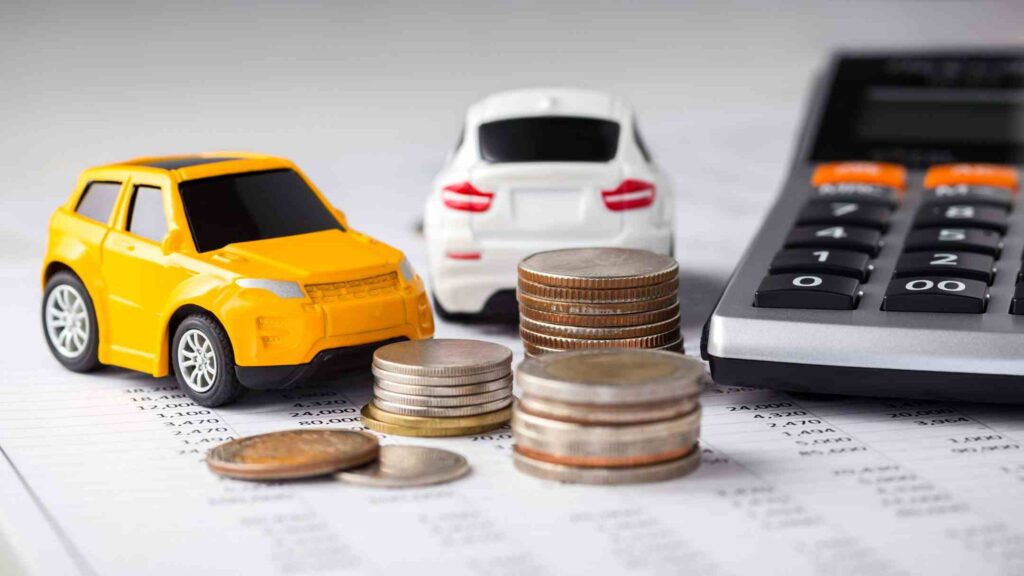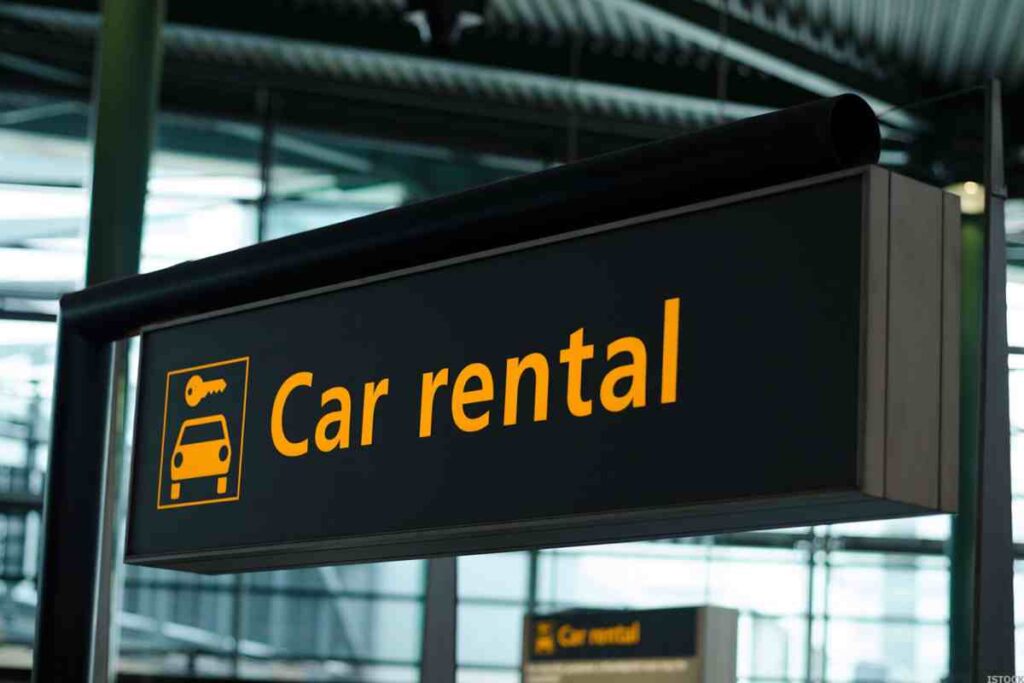Accidents happen, and they can be stressful. One of the biggest worries after an accident is how it might affect your car insurance. Many people fear that their insurance rates will go up, making it more expensive to stay covered. But don’t worry! There are ways to avoid a big increase in your insurance premium after an accident.
In this article, we’ll share simple tips and strategies to help you keep your insurance costs down. Whether it’s understanding your policy better, taking advantage of accident forgiveness, or improving your driving habits, we’ve got you covered.
What Triggers Rate Increases After An Accident?
Several factors can trigger an increase in car insurance rates after an accident. Understanding these can help drivers manage their insurance costs effectively.

- Fault Determination: Insurance companies often raise premiums for drivers deemed at fault in an accident. Rates can increase significantly—up to 45%—if the driver is responsible for the collision. Even if you are not at fault, your rates may still rise, typically by around 10%.
- Severity of the Accident: The extent of damage and injuries resulting from the accident plays a crucial role in determining rate increases. Minor accidents may not lead to significant premium hikes, especially if no claims are filed, while severe accidents can result in substantial increases.
- Driving Record: A history of accidents or traffic violations contributes to a higher risk classification, leading to increased premiums. Insurers assess overall driving behavior, so multiple incidents can compound the effect on rates.
- Claim History: Frequent claims can lead to “premium loading,” where an additional charge is applied due to a history of raising claims. This can result in a notable increase in premiums following an accident.
- Surcharges: Some insurance providers impose surcharges as penalties for accidents or multiple traffic violations. These surcharges can be temporary or permanent and vary based on the insurer and state regulations.
- Insurance Provider Policies: Different insurers have varying policies regarding how they handle accidents and subsequent rate increases. Some may offer accident forgiveness programs that prevent rates from rising after the first at-fault accident, while others may not provide such options.
- State Regulations: The impact of an accident on insurance rates can differ significantly by state due to varying regulations and market conditions. In some states, no-fault insurance may influence how claims affect premiums.
Direct vs. Broker Car Insurance Costs
By being aware of these factors, drivers can take proactive steps to mitigate potential rate increases following an accident.
How to Avoid Insurance Increase After an Accident?
If you’re worried about your insurance rates going up after an accident, here are some effective strategies to help you minimize the impact:

- Raise Your Deductible: Opting for a higher deductible means you’ll pay more out-of-pocket if you file a claim, but it can lower your overall premium. This can help offset any rate increases after an accident.
- Maintain a Clean Driving Record: After an accident, it’s crucial to avoid further incidents. Adhere to safe driving practices and avoid traffic violations. A clean driving record over time can help reduce your premiums.
- Take Advantage of Accident Forgiveness: Some insurance companies offer accident forgiveness programs, which allow you to have one at-fault accident without affecting your premium. Check if your insurer offers this and if you qualify.
- Shop Around for Better Rates: Different insurance companies have different criteria for determining premiums. After an accident, it’s a good idea to compare quotes from multiple insurers to find the best rate. You might find a more competitive offer even after an accident.
- Qualify for Discounts: Look for discounts that you might be eligible for, such as safe driver discounts, multi-policy discounts, or discounts for installing safety features in your vehicle. These can help lower your overall premium.
- Limit Claims: Only file claims for significant damages. For minor incidents, it might be more cost-effective to pay out-of-pocket rather than risk a premium increase.
- Improve Your Credit Score: In many states, insurers use credit scores to determine premiums. Improving your credit score can help lower your insurance rates.
- Take a Defensive Driving Course: Completing a defensive driving course can not only improve your driving skills but also qualify you for discounts with some insurers.
- Use Telematics Devices: Some insurers offer discounts for using telematics devices that monitor your driving habits. Safe driving behavior recorded by these devices can lead to lower premiums.
- Review Your Coverage: Regularly review your insurance coverage to ensure you’re not paying for unnecessary extras. Adjusting your coverage to meet your current needs can help reduce your premiums.
Examples of Providers Offering Accident Forgiveness:
| Company | Criteria for Accident Forgiveness |
|---|---|
| Allstate | Optional coverage; rate remains unchanged after one at-fault accident. |
| Geico | Free if you maintain a clean record; can also be purchased. |
| Progressive | Offers small and large accident forgiveness based on claim amounts. |
| Liberty Mutual | Available if there are no accidents or violations in the last five years. |
| USAA | Offered free after five years of being accident-free. |
Collision Coverage for At-Fault Accidents
By implementing these strategies, you can effectively manage and potentially reduce the financial impact of an accident on your insurance premiums.
Steps to Take Immediately After an Accident
Knowing what to do right after an accident can help you stay safe and make the claims process smoother. Here are the essential steps to follow:

- Stay Calm and Assess the Situation: First, ensure that you and any passengers are safe. Look for injuries in yourself and others involved in the accident. If anyone is injured, call for emergency medical assistance immediately.
- Move to Safety: If your vehicle is drivable and it’s safe to do so, move it out of traffic to prevent further accidents. Turn on your hazard lights to alert other drivers.
- Call the Police: Regardless of the accident’s severity, it’s often required by law to report it to the police. They will document the incident and create an official report, which is essential for insurance claims.
- Exchange Information: Exchange contact and insurance information with the other driver(s). Collect names, phone numbers, addresses, insurance companies, policy numbers, and vehicle details (make, model, license plate). Also, get contact information from any witnesses present.
- Document the Scene: Use your smartphone or camera to take pictures of all vehicles involved, damages, license plates, and the overall scene from multiple angles. This documentation can be invaluable when filing an insurance claim.
- Seek Medical Attention: Even if you feel fine, consider seeing a doctor as some injuries may not be immediately apparent (e.g., whiplash or concussions). Document any medical treatment received following the accident.
- Notify Your Insurance Company: Contact your insurance provider as soon as possible to report the accident. Provide them with all necessary details and documentation collected at the scene. This initiates the claims process.
- Keep Records: Maintain a detailed record of all communications with your insurer, police reports, medical visits, and any expenses incurred due to the accident. This will help streamline your claim.
Reasons for High Car Insurance Rates in Texas
By following these steps, you can ensure your safety and protect your rights after an accident. This will also help you handle the insurance claims process more effectively.
How do Insurance Companies Assess Risk?
Insurance companies assess risk and determine rate adjustments based on claims history through a combination of statistical analysis, historical data, and individual driving records. When a policyholder files a claim, insurers evaluate the nature of the claim, whether the policyholder was at fault, and the frequency of past claims.
A history of multiple claims can indicate a higher risk to the insurer, leading to what is known as “premium loading,” where the insurer increases premiums to cover anticipated future losses associated with that higher risk profile.
Additionally, factors such as the severity of the claim and the policyholder’s overall driving record play significant roles in this assessment. Insurers often use data from databases like the Comprehensive Loss Underwriting Exchange (CLUE) to track claims history, which can affect premiums even if the individual was not at fault for previous incidents.
Ultimately, these evaluations help insurers balance their portfolios and maintain profitability while offering coverage to consumers.
Cheap Car Insurance Company After An Accident
Finding affordable car insurance after an accident can be challenging, but several companies offer competitive rates and policies tailored for drivers in this situation. Here are some options to consider:
| Insurance Company | Average Rate (Clean Record) | Average Rate (One At-Fault Accident) | Rate Increase (%) |
|---|---|---|---|
| Allstate | $2,302 | $3,539 | 54% |
| American Family | $1,323 | $2,151 | 63% |
| Farmers | $2,711 | $4,307 | 59% |
| Geico | $1,303 | $2,210 | 70% |
| Nationwide | $1,905 | $2,996 | 57% |
| Progressive | $1,772 | $2,603 | 47% |
| State Farm | $2,119 | $2,671 | 26% |
| Travelers | $1,412 | $1,902 | 34% |
| USAA* | $1,175 | $1,704 | 45% |
Note: USAA is available only to military members, veterans, and their families.
Can I Get Liability Insurance on a Financed Car?
When looking for cheap car insurance post-accident, it’s essential to compare quotes from multiple providers and inquire about specific programs that could help reduce costs. Additionally, maintaining a clean driving record moving forward can further assist in keeping premiums low over time.
FAQs
Q 1. How long does an accident stay on my insurance record?
Ans. Accidents typically remain on your insurance record for three to five years, depending on the state and the insurance provider. This duration can affect your premiums during that time.
Q 2. Can I dispute a rate increase after an accident?
Ans. Yes, if you believe the increase is unjustified, you can contact your insurer to review the situation. If necessary, you can file a complaint with your state’s insurance department.
Q 3. Are there specific types of accidents that lead to higher premium increases?
Ans. Yes, certain accidents, such as rollover accidents or those involving multiple vehicles, are often viewed as more severe and can lead to larger premium increases compared to minor accidents.
Q 4. How much can I expect my insurance rates to increase after an accident?
Ans. The increase varies widely based on factors such as fault determination, the severity of the accident, and your driving history. In some cases, rates may rise by 20% to over 100%.
Q 5. Should I consider switching insurers after an accident?
Ans. After an accident, it may be worthwhile to shop around for quotes from different insurers. Some companies may offer better rates or discounts for drivers with recent accidents.
Conclusion
In conclusion, avoiding an increase in your insurance rates after an accident is possible with some smart choices and actions. By understanding what causes rate hikes, taking advantage of accident forgiveness programs, and keeping a clean driving record, you can help protect your wallet.
Remember to report accidents quickly and know how fault is determined, as this can affect your rates too. Additionally, consider adjusting your deductibles, shopping around for better rates, and looking for discounts to save money.
By following these tips, you can stay on top of your insurance costs and enjoy peace of mind on the road.

Milo Thistlethwaite is an auto insurance guru with over 8 years of experience in the industry. Holding a CPCU (Chartered Property Casualty Underwriter) certification, Milo is passionate about helping drivers find the best coverage for their needs. As an author on the ‘FundFinesse’ blog, Milo writes clear, easy-to-understand articles about auto insurance.


